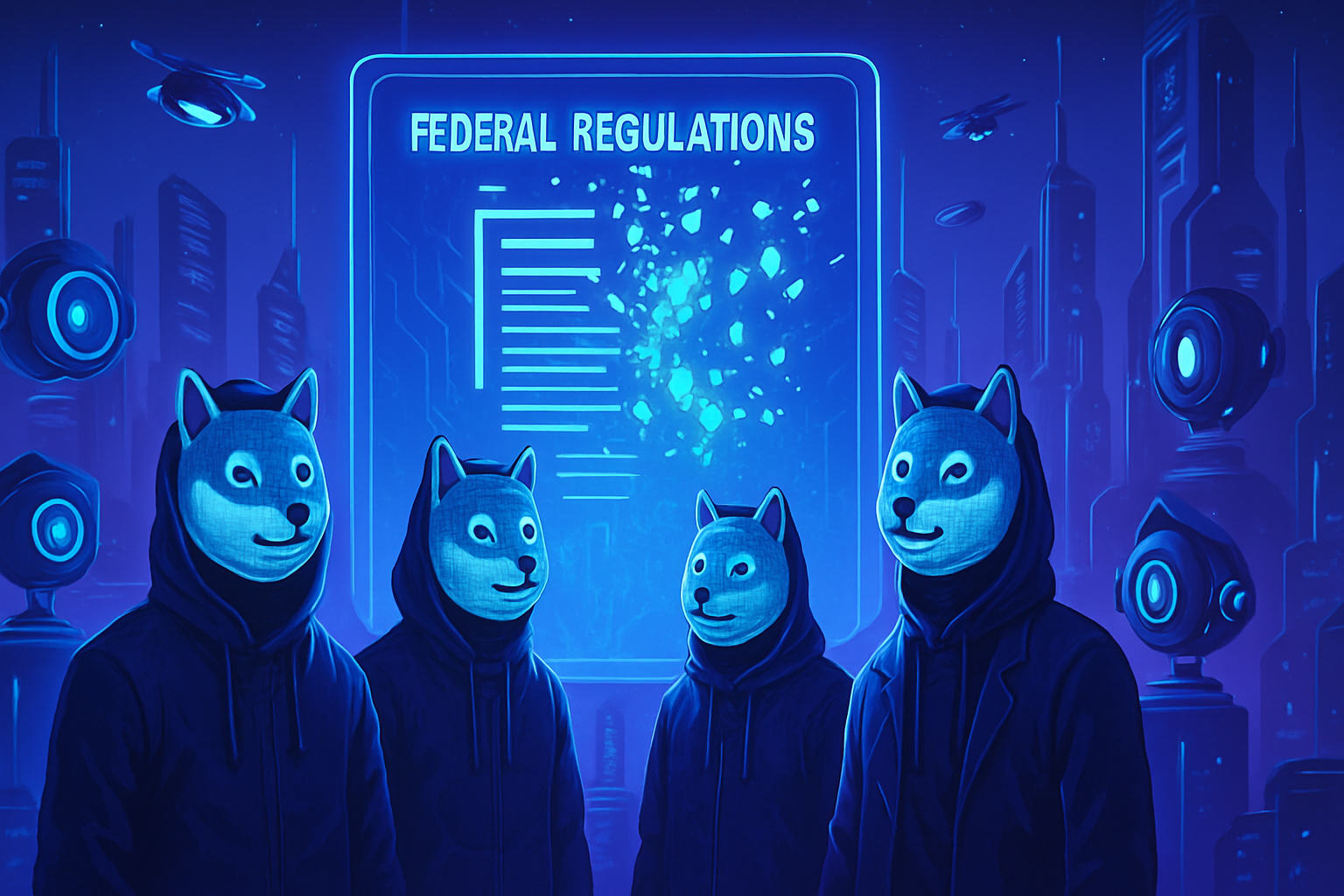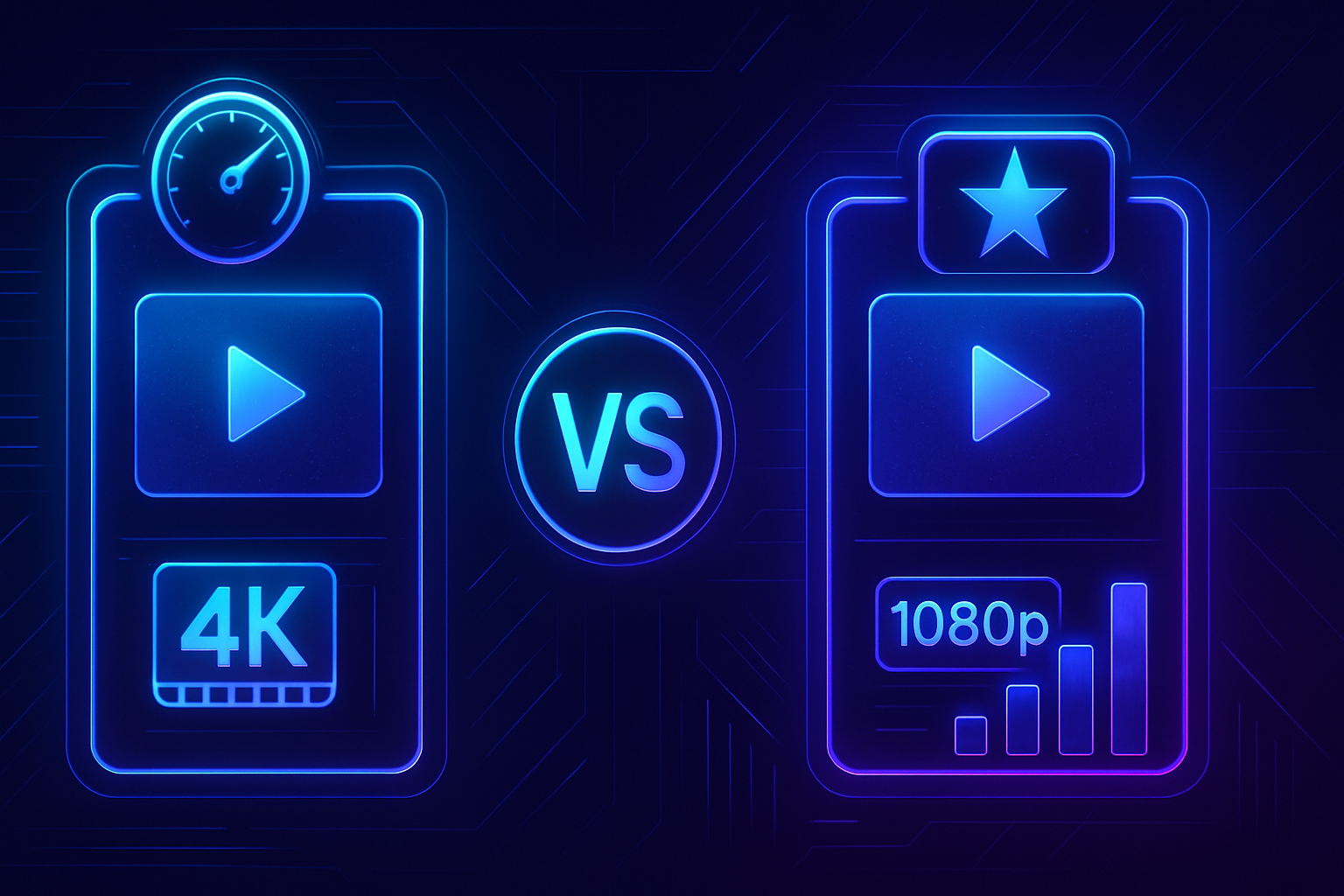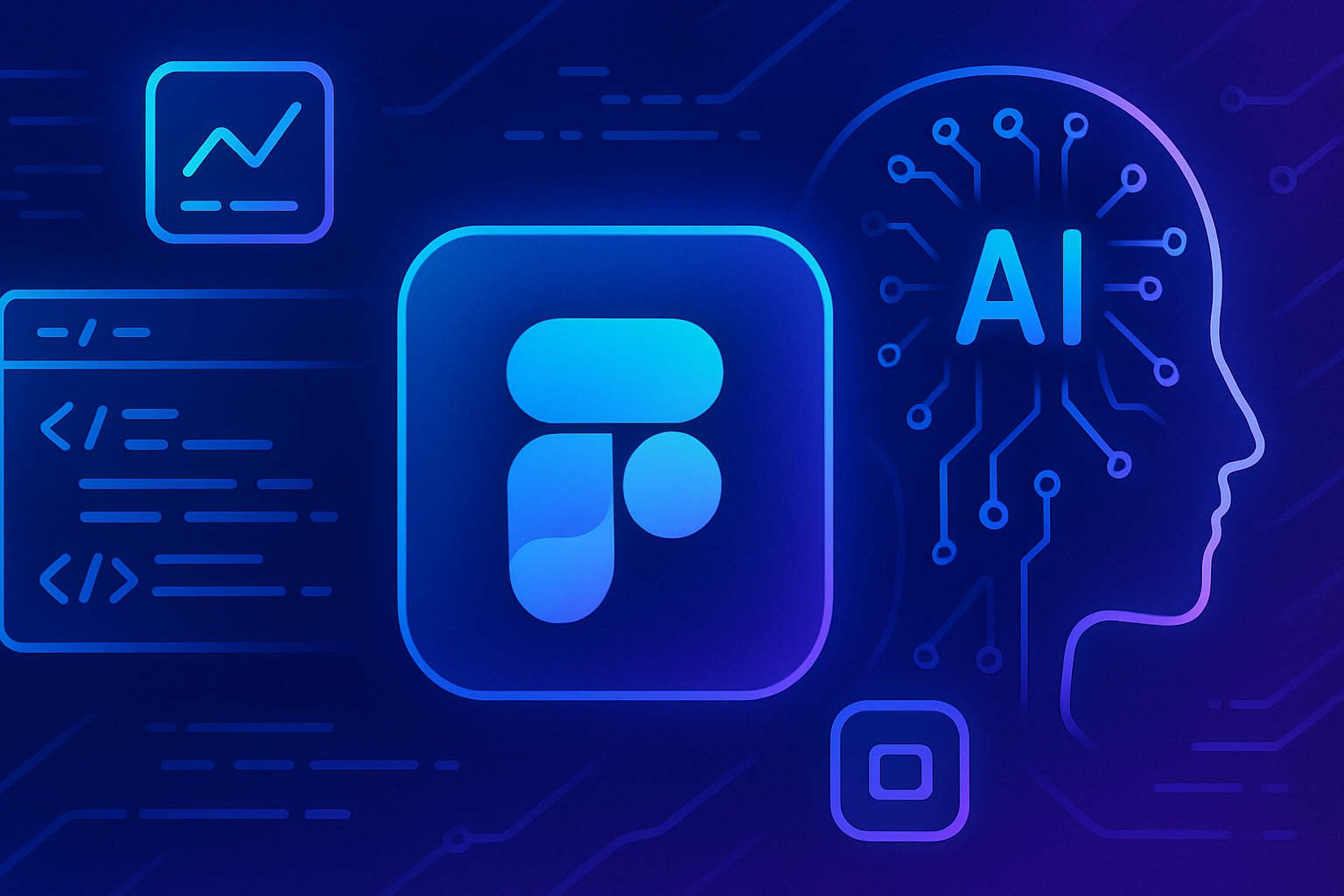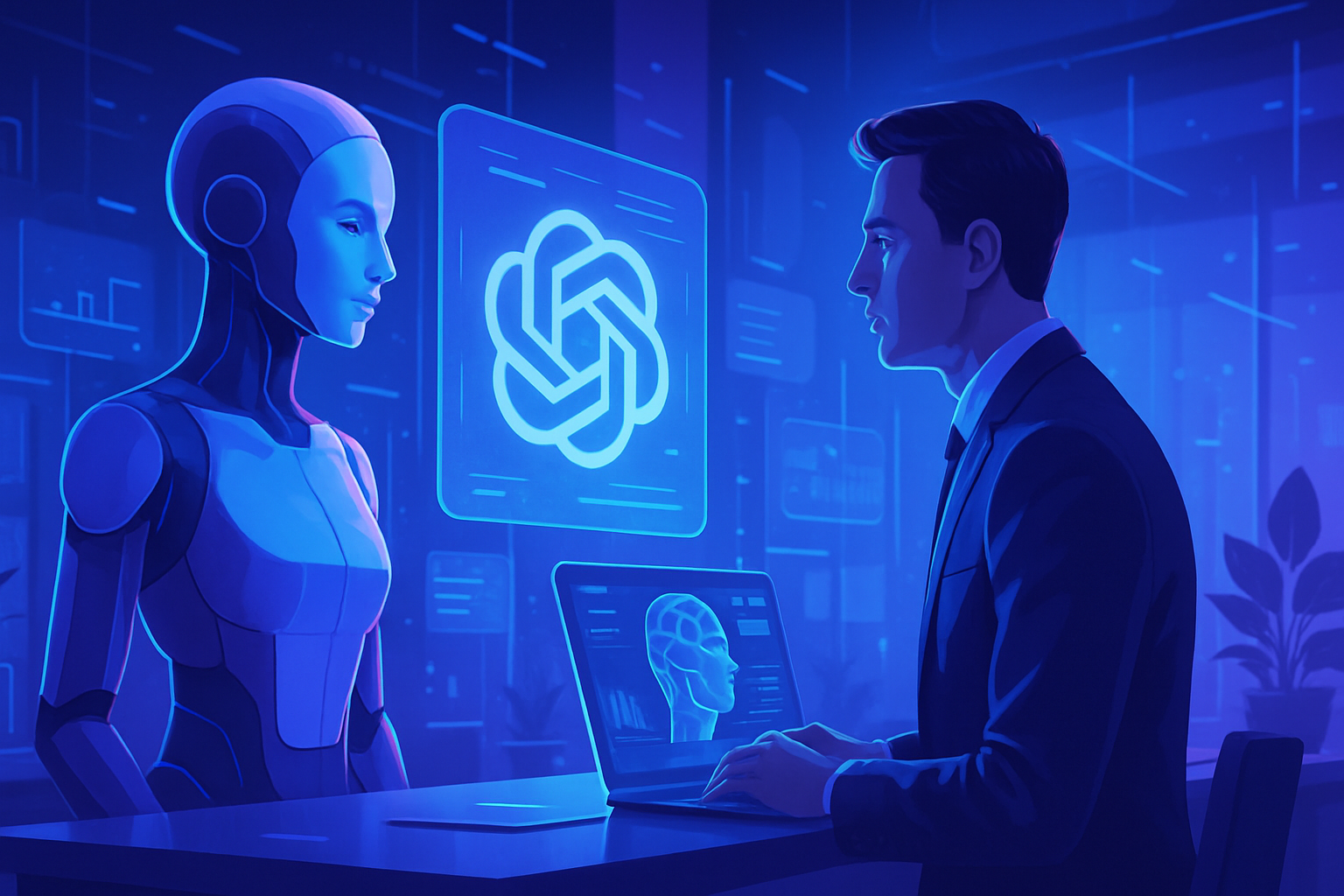The DOGE initiative emerges as a bold catalyst. Through an artificial intelligence tool, unprecedented federal deregulations are surfacing. This revolutionary technology facilitates the elimination of a countless number of regulations deemed unnecessary. The project, inspired by ambitions to reduce costs, sparks debates over the legitimacy of its use and the implications of automation in governance. Economic and legal stakes reach unprecedented levels as efficiency meets controversy.
Use of Artificial Intelligence for Deregulation
The Department of Government Efficiency has launched a remarkable initiative by integrating an artificial intelligence tool called DOGE AI Deregulation Decision Tool. This device has enabled the elimination of over a thousand federal regulations, facilitating a deregulation process that raises questions about its legitimacy.
This new tool derives its effectiveness from state-of-the-art technology that allows for the identification of regulations that are not legally required. Employees from the Department of Housing and Urban Development (HUD) reported that this strategy has already led to the repeal of 1,083 regulations. The DOGE tool also seems promising in terms of financial savings, with estimates predicting up to trillions of dollars saved.
Reduction of Work Hours Thanks to AI
The presentation obtained by the Washington Post indicates that the application of AI in deregulation could reduce the necessary work time by 93%. This announcement deserves scrutiny, given the ambiguity surrounding the methods used to arrive at this figure. However, sources have reported errors made by the tool, raising questions about its reliability.
Jurisdiction and Legitimacy
Questions remain concerning the Trump administration’s authority to unilaterally cancel federal regulations. Lawyers for the DOGE initiative assert that the AI tool has been “approved” by their legal services, thereby providing some legitimacy. HUD spokespersons confirm that the tool does not replace the judgment and expertise of employees but serves as an assistive tool.
Developments and Challenges in Implementation
For the past three months, HUD employees have been meticulously reviewing the recommendations made by the AI. An anonymous employee expressed concerns, claiming that the AI had misinterpreted legislative texts, highlighting weaknesses in the automated process. Several staff members have criticized the results provided, questioning the effectiveness of this innovative approach.
Impact on Federal Regulations
The potential of the DOGE tool could lead to significant changes in the federal regulatory landscape. The projected figures mention a target of 100,000 potentially eliminable regulations, but achieving this goal raises doubts about the objectivity and rigor of the process. The economic and structural impacts of such deregulation are still poorly understood.
This initiative is rooted in a highly controversial vision led by prominent figures such as Elon Musk, who contributed to the development of this tool. Despite his recent departure from the DOGE initiative, the deregulation goals continue, reflecting a persistent ambition to lighten the bureaucratic burden. The current questioned approach raises essential debates on the future of public administration and its interaction with an expanding artificial intelligence.
The initial deregulation efforts go beyond mere administrative savings. By challenging traditional practices, the DOGE initiative opens the door to a redefinition of fundamental values within the federal administration itself. This direction, while innovative, requires heightened vigilance regarding its long-term implications.
FAQ on the Use of Artificial Intelligence by DOGE for Eliminating Federal Regulations
What is the main objective of the DOGE artificial intelligence tool?
The DOGE artificial intelligence tool aims to identify and eliminate federal regulations deemed unnecessary to reduce bureaucracy and save costs for the government.
How many regulations have been eliminated using this tool so far?
To date, over 1,000 regulations have been eliminated, particularly at the Department of Housing and Urban Development (HUD).
How does the DOGE tool determine which regulations to eliminate?
The tool uses artificial intelligence to analyze regulations and assess their compliance with laws. If a regulation is not legally required, it is proposed for elimination.
Does the final decision to eliminate a regulation come from the tool or from humans?
While the tool suggests eliminations, the judgment and discretion of employees remain crucial in the final decision-making process.
What savings are anticipated due to the use of this tool?
It is estimated that eliminating unnecessary regulations could save trillions of dollars in compliance costs and budget reductions.
What are the legal concerns associated with this initiative?
There are legal questions regarding the president’s authority to unilaterally repeal federal regulations. However, DOGE lawyers assure that the tool has been legally verified and approved.
What types of errors might the DOGE tool make?
Employees have reported that the tool misinterpreted certain regulations, indicating a need for human verification to ensure the accuracy of recommendations.
Who developed this artificial intelligence tool?
The tool was developed by engineers hired by the DOGE administration under the direction of Elon Musk.
Have employees provided feedback regarding the use of this tool?
Yes, some employees have expressed skepticism about the tool’s recommendations and emphasized the importance of maintaining a critical eye on its suggestions.
How does this tool impact the workload of government employees?
It is anticipated that the use of the tool will reduce the time required for the deregulation process by 93%, thus alleviating the workload of employees.
What political implications could the use of the DOGE tool have?
Its use could spark debates about the legitimacy and effectiveness of deregulation practices, as well as about the executive power to modify regulations without legislative intervention.






